Moving Lily Of The Valley Plants: When To Transplant Lily Of The Valley
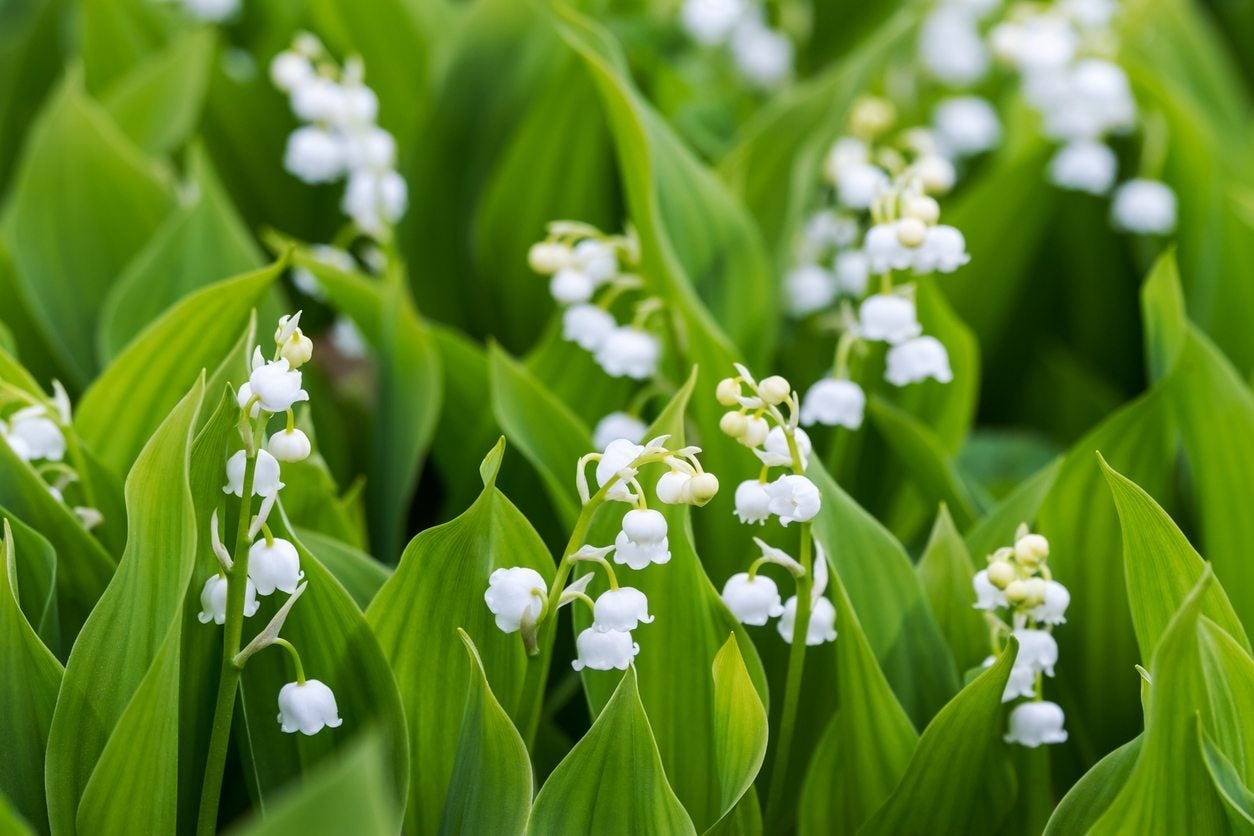
Lily of the valley is a lovely, highly fragrant lily. Although the blossoms look small and delicate, they pack an aromatic punch. That isn’t all about lily of the valley that’s tough though. The plant itself is extremely resilient and hardy, so there is no need to worry when transplanting lily of the valley. A rapid spreader, people find themselves moving lily of the valley all the time with no ill effects to the plant. That said, if you’re new to growing this specimen, keep reading to find out when and how to transplant lily of the valley.
About Transplanting Lily of the Valley
Lily of the valley (Convallaria majalis) really is a durable plant. Some folks say a little too durable. As mentioned, lily of the valley has a penchant for spreading. In fact, this aggressive perennial can take over a bed in short order, which is why some people are constantly removing lily of the valley. In fact, I would dare to guarantee that anyone who grows this lily has plenty of lily of the valley transplants to share with those of you who are lacking. The competitive and aggressive nature of this lily should be considered before planting a lily of the valley transplant. Unless you want it all over the garden, it is best to plant it in a contained area or in a container sunk into the soil.
When to Transplant Lily of the Valley
Much valued for its fragrant summer blossoms, lily of the valley is also prized for its low spreading habit, ideal for use as a groundcover. Lily of the valley prefers moist, shaded areas in USDA zones 2 through 9. Rapacious spreaders, lily of the valley should be divided every three to five years for best and healthiest plantings. Ideally, you would be moving lily of the valley in the fall when the plant is dormant. If that isn’t going to happen within your schedule, don’t worry too much. Lily of the valley is very forgiving. Chances are pretty good that it could be transplanted in the summer with no ill effects, as long as you provide it with plenty of irrigation.
How to Transplant Lily of the Valley
Divide lily of the valley when the plant is dormant, or really whenever. Dig up the small rhizomes, called pips. Gently separate them and replant them about 4 inches (10 cm.) apart. Don’t worry about setting them out too far apart, as they will fill in rapidly. Water the pips in well after transplanting and keep them moist, not saturated.
Gardening tips, videos, info and more delivered right to your inbox!
Sign up for the Gardening Know How newsletter today and receive a free copy of our e-book "How to Grow Delicious Tomatoes".

Amy Grant has been gardening for 30 years and writing for 15. A professional chef and caterer, Amy's area of expertise is culinary gardening.
-
 4 Superfast Composting Methods: Turn Waste Into Garden Gold In 30 Days Or Less
4 Superfast Composting Methods: Turn Waste Into Garden Gold In 30 Days Or LessTry the fastest composting methods to turbocharge your pile and transform kitchen scraps and garden waste into finished compost in just a few weeks.
By Mary Ellen Ellis
-
 Best Spider Plant Soil – Complete Soil Guide And Expert Tips For Keeping Plants Happy
Best Spider Plant Soil – Complete Soil Guide And Expert Tips For Keeping Plants HappySpider plants are fun and easy plants to grow, but what is the best soil for a spider plant? Selecting the right soil is important so they can thrive.
By Bonnie L. Grant
-
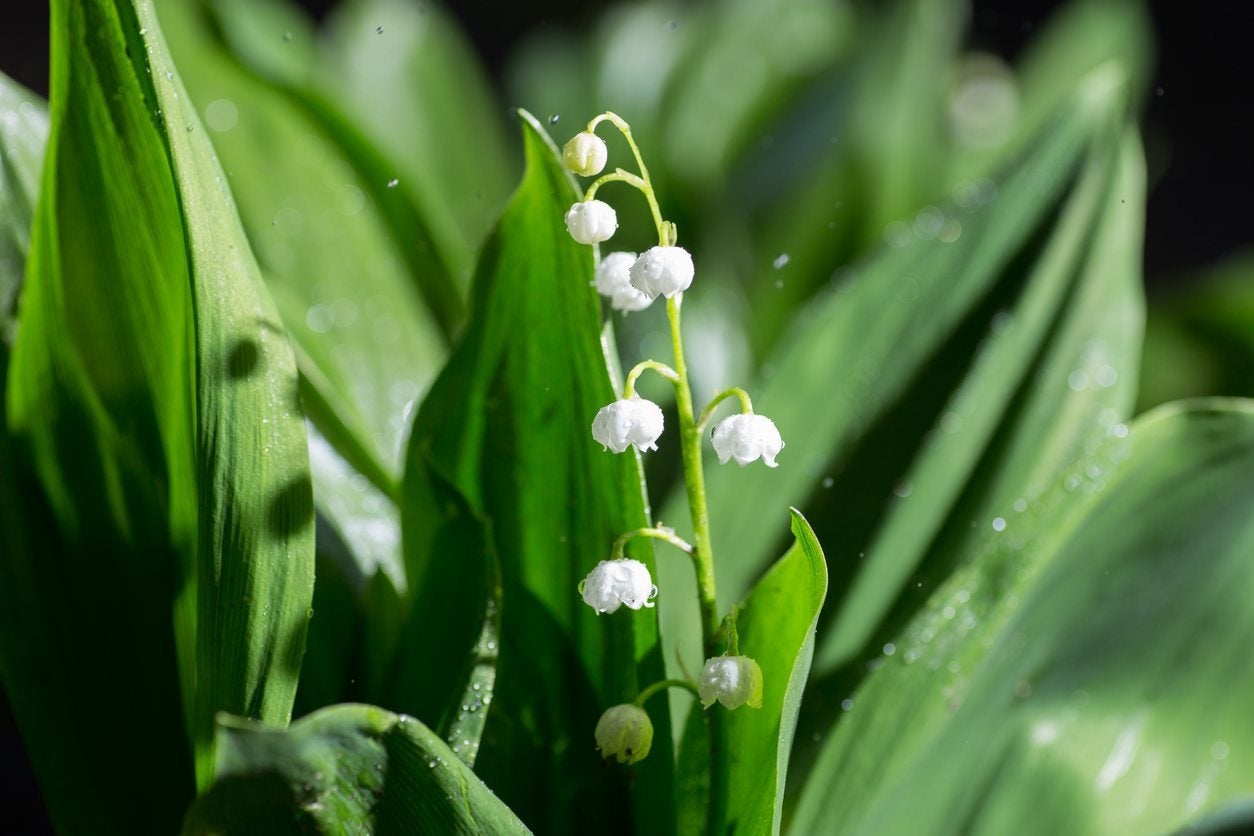 Treating Diseased Lily Of The Valley Plants – Symptoms Of Lily Of The Valley Disease
Treating Diseased Lily Of The Valley Plants – Symptoms Of Lily Of The Valley DiseaseThere are some plants that it almost breaks your heart to see sick. Lily of the valley is one of those plants and one that's worth trying to save, when you can. Click here to learn how to treat sick lily of the valley, as well as ways to keep your plants healthier.
By Kristi Waterworth
-
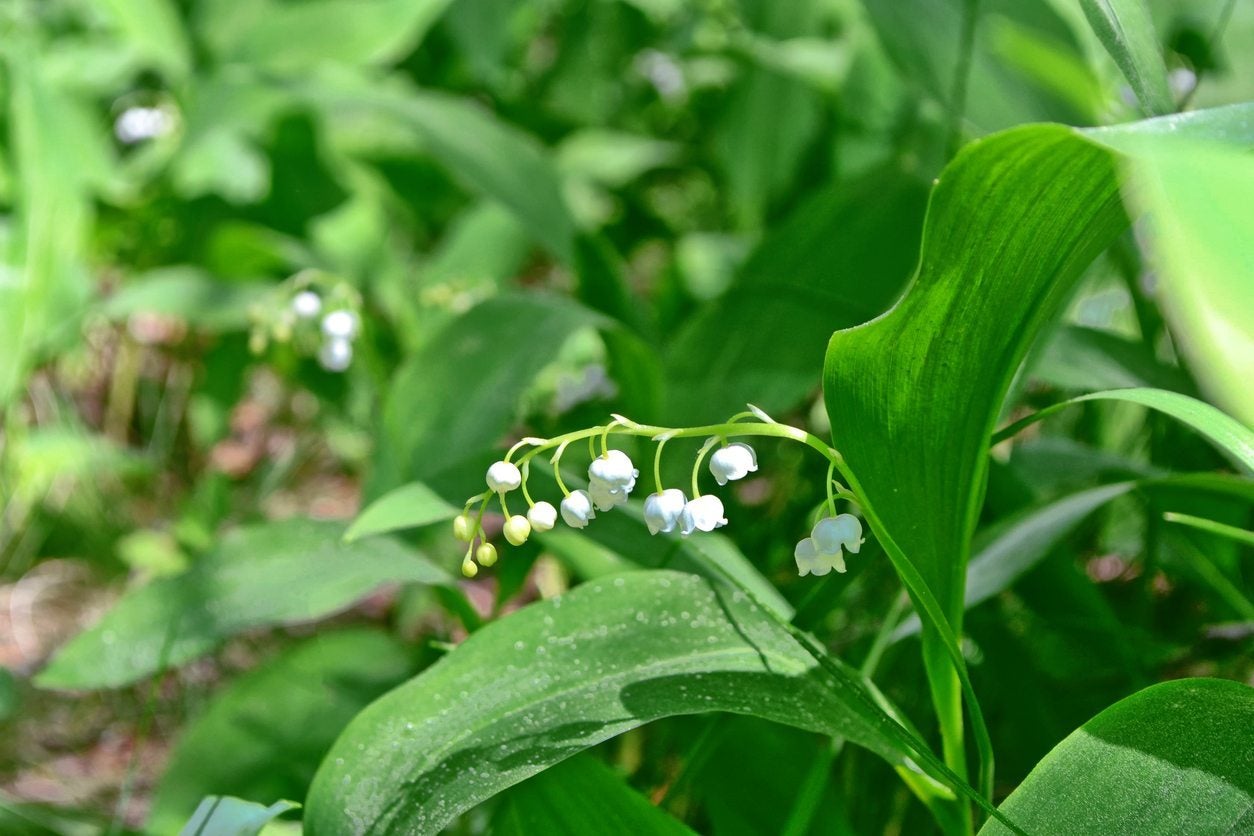 Lily Of The Valley Has Yellow Leaves – Reasons For Yellow Lily Of The Valley Leaves
Lily Of The Valley Has Yellow Leaves – Reasons For Yellow Lily Of The Valley LeavesLily of the valley is known for its sweet fragrance and delicate white nodding flowers. When those two things are accompanied with yellow foliage, it's time to dig a little deeper to figure out what's wrong. Learn more about yellowing lily of the valley in this article.
By Kristi Waterworth
-
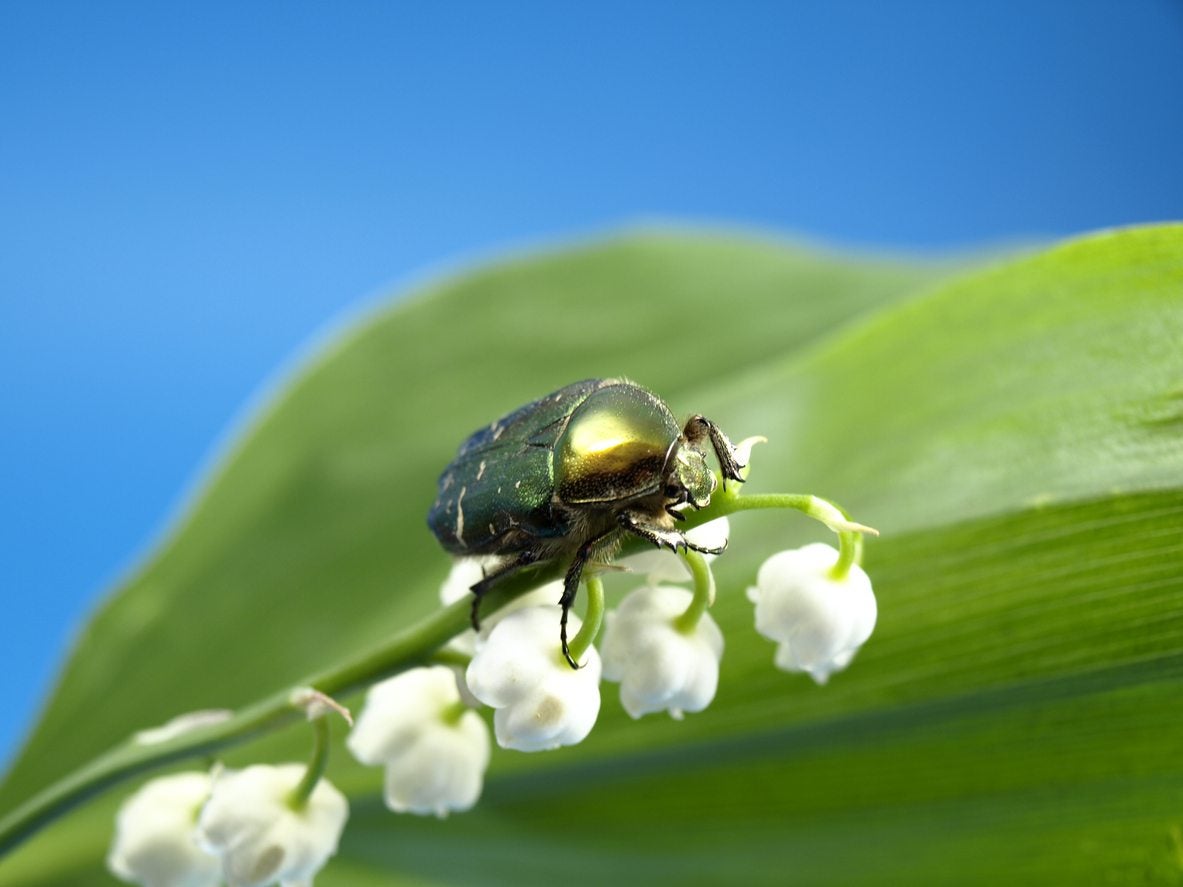 Pests On Lily Of The Valley : Bugs And Animals That Eat Lily Of The Valley Plants
Pests On Lily Of The Valley : Bugs And Animals That Eat Lily Of The Valley PlantsThere are few disease issues or lily of the valley pests. These are easily managed provided you know what you are looking for and how to treat the problem. Learn what pests on lily of the valley might be of concern, and how to identify and combat them in this article.
By Bonnie L. Grant
-
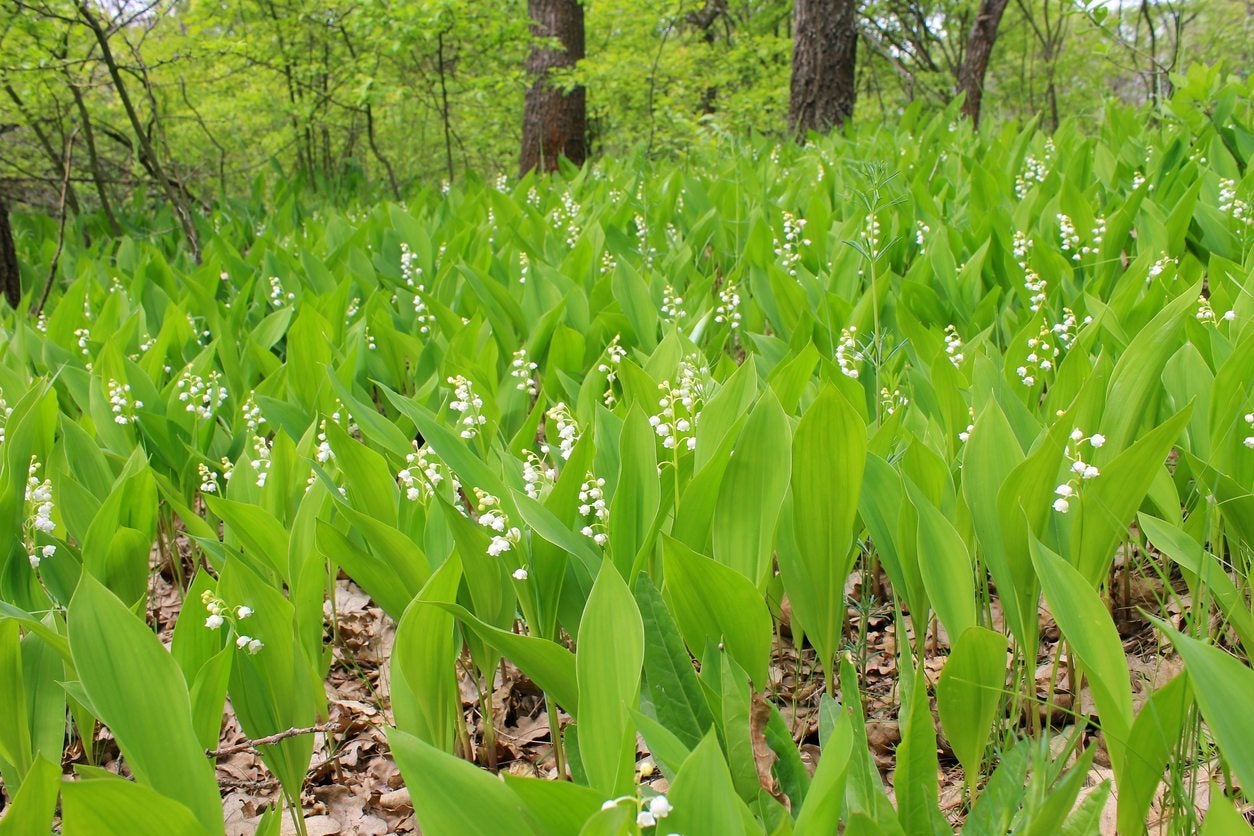 How Invasive Is Lily Of the Valley: Should I Plant Lily Of The Valley Ground Cover
How Invasive Is Lily Of the Valley: Should I Plant Lily Of The Valley Ground CoverIs lily of the valley invasive? Lily of the valley is a perennial plant that grows from stem-like underground rhizomes that spread horizontally, often with amazing speed. It also reproduces from seeds. Exactly how invasive is lily of the valley anyway? Find out here.
By Mary H. Dyer
-
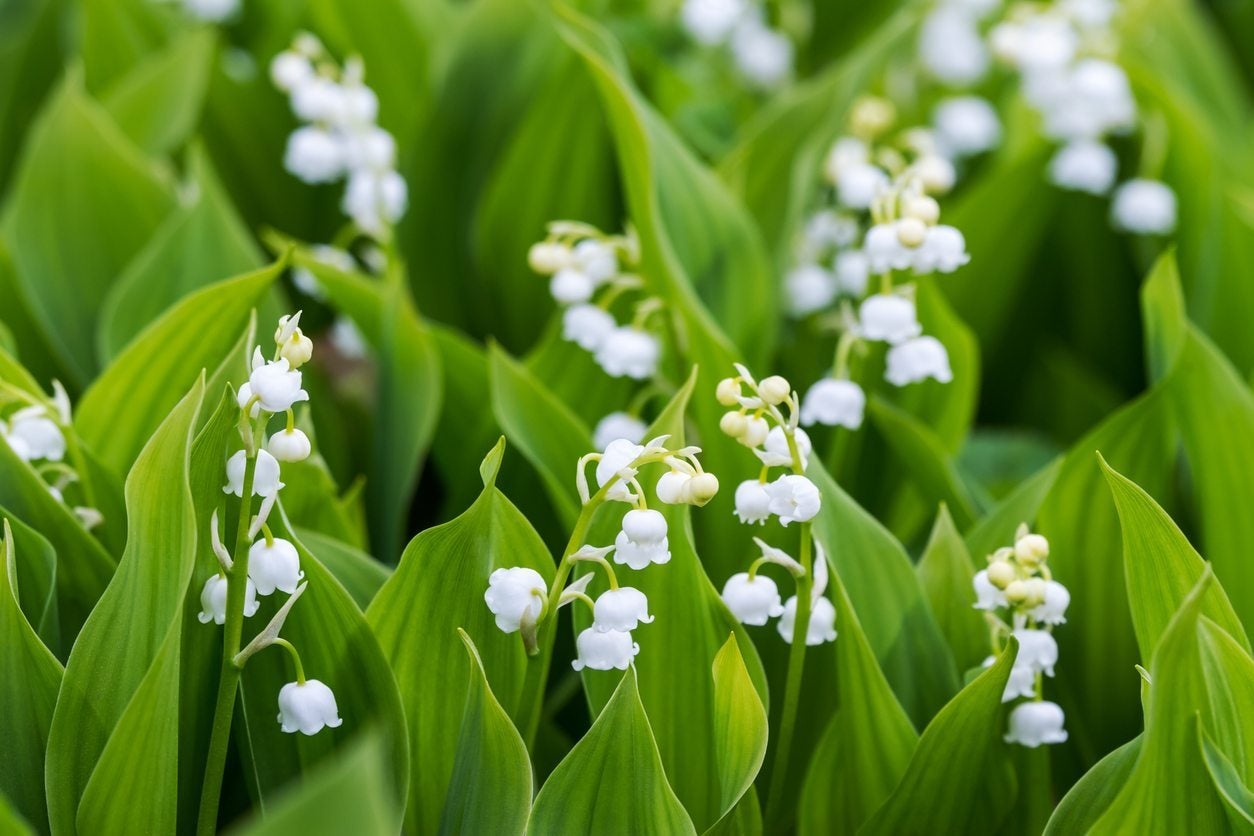 Dividing Lily Of The Valley: When To Split Lily Of The Valley Plants
Dividing Lily Of The Valley: When To Split Lily Of The Valley PlantsAlthough lily of the valley is extremely easy to grow (and may even become aggressive), occasional division is necessary to prevent the plant from becoming unhealthy and overcrowded. The following article can help get you started with lily of the valley division.
By Mary H. Dyer
-
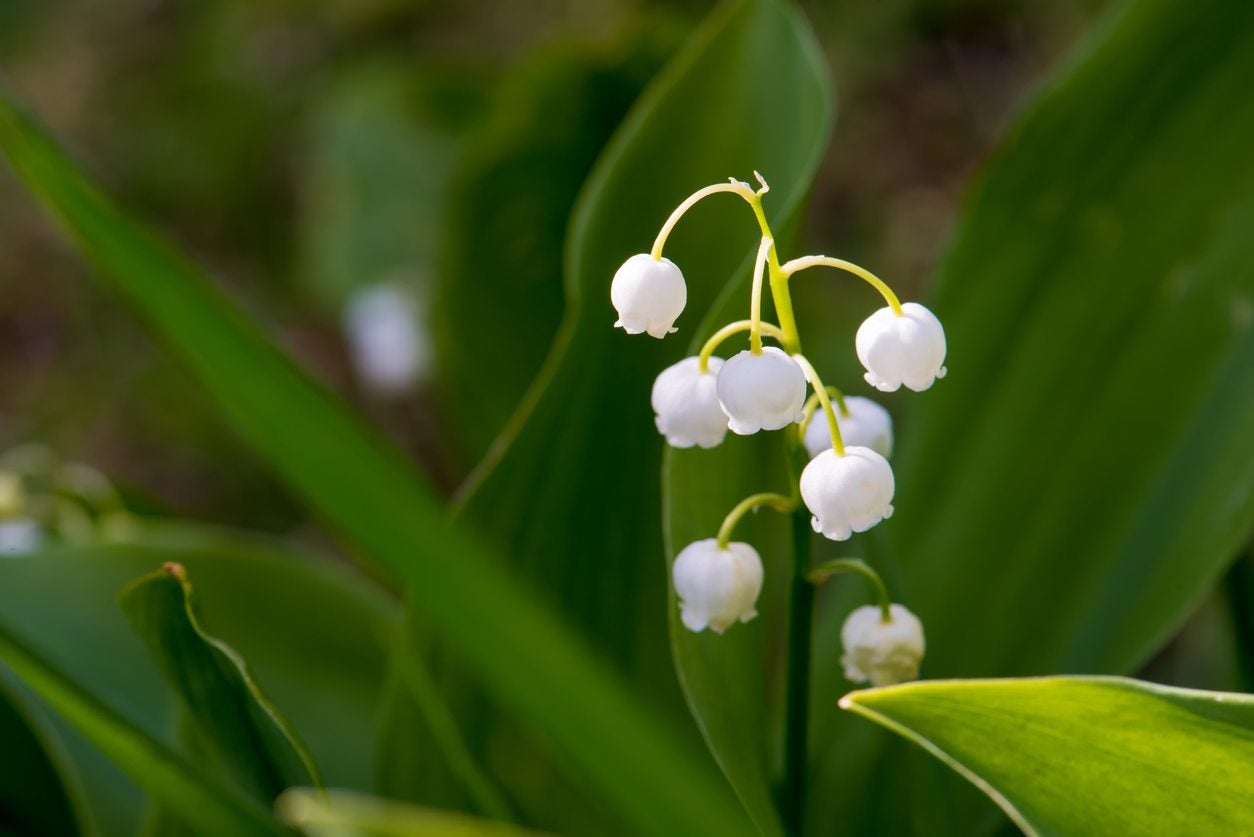 Is Lily Of The Valley Poisonous : Understanding Lily Of The Valley Toxicity
Is Lily Of The Valley Poisonous : Understanding Lily Of The Valley ToxicityIs lily of the valley safe for gardens? Lily of the valley toxicity makes it unsafe to have around children and pets. The plant is so dangerous that ingestion could result in a trip to the emergency room, or in rare cases death. Learn more in this article.
By Bonnie L. Grant
-
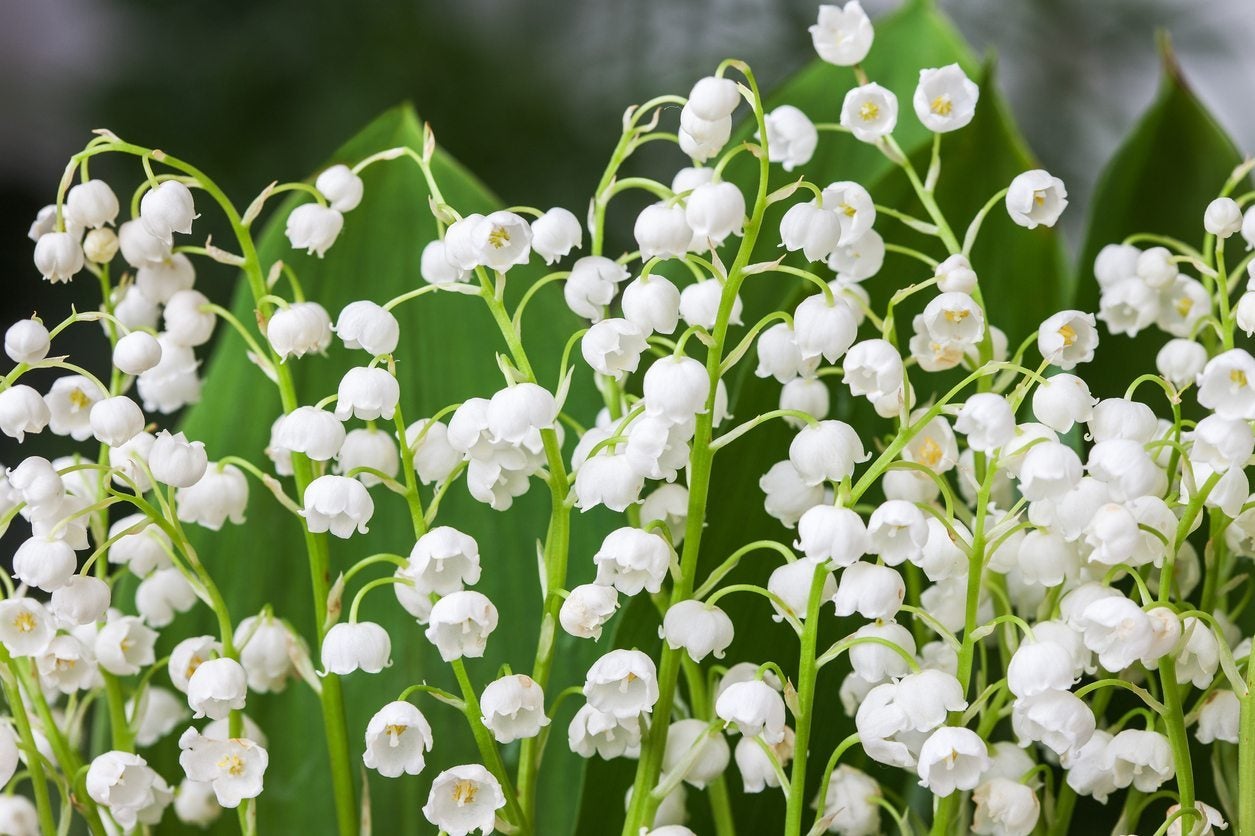 Lily Of The Valley Varieties – Growing Different Types Of Lily Of The Valley Plants
Lily Of The Valley Varieties – Growing Different Types Of Lily Of The Valley PlantsLily of the valley plants produce a delicate, fragrant flower that is unmistakable and a great addition to the garden. But what kind of selection is out there? Learn more about the different lily of the valley plant types in this article.
By Liz Baessler
-
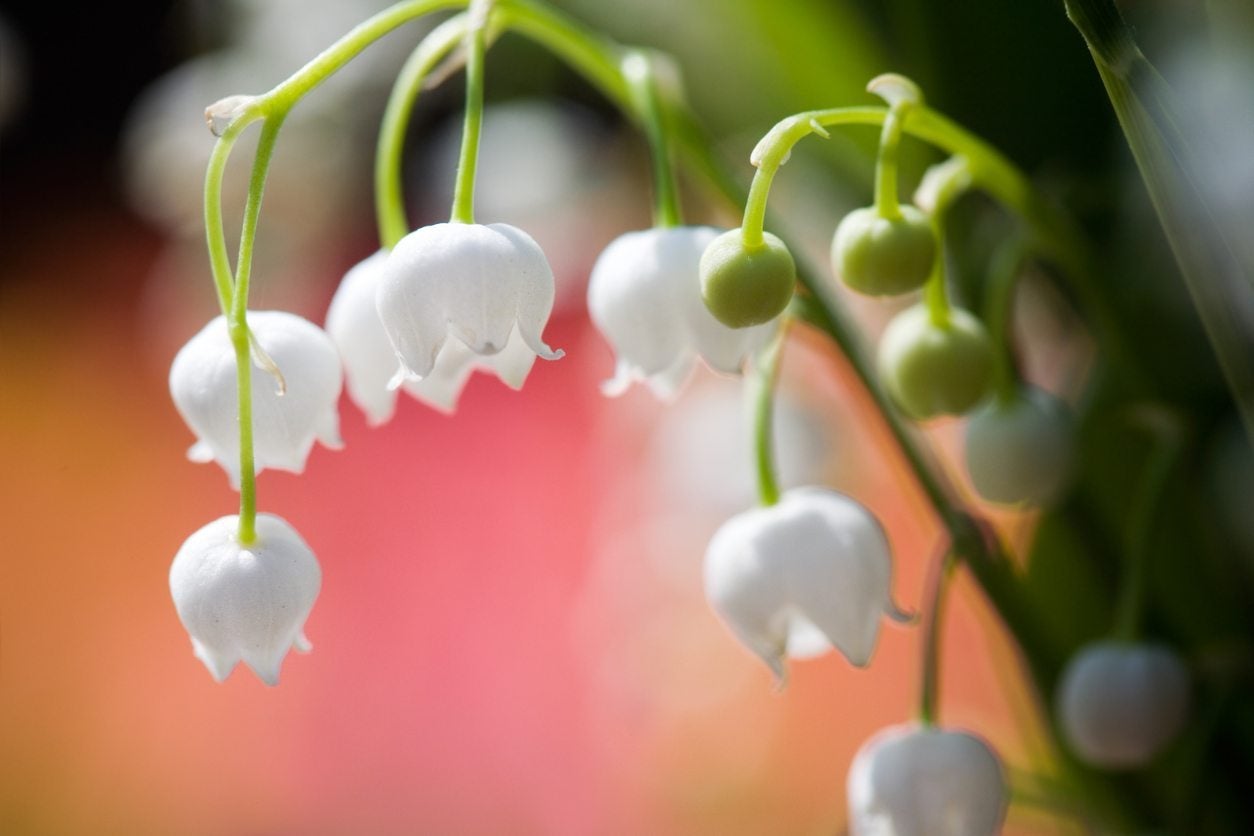 Lily Of The Valley Won’t Bloom: Why Is My Lily Of The Valley Not Blooming
Lily Of The Valley Won’t Bloom: Why Is My Lily Of The Valley Not BloomingLily of the valley is a delightful spring bloom with tiny, bell-shaped white flowers. It does well in shadier areas of the garden and can even be a pretty ground cover, but when your lily of the valley isn?t blossoming, all you have is a lot of greenery. Find out how to fix that here.
By Mary Ellen Ellis